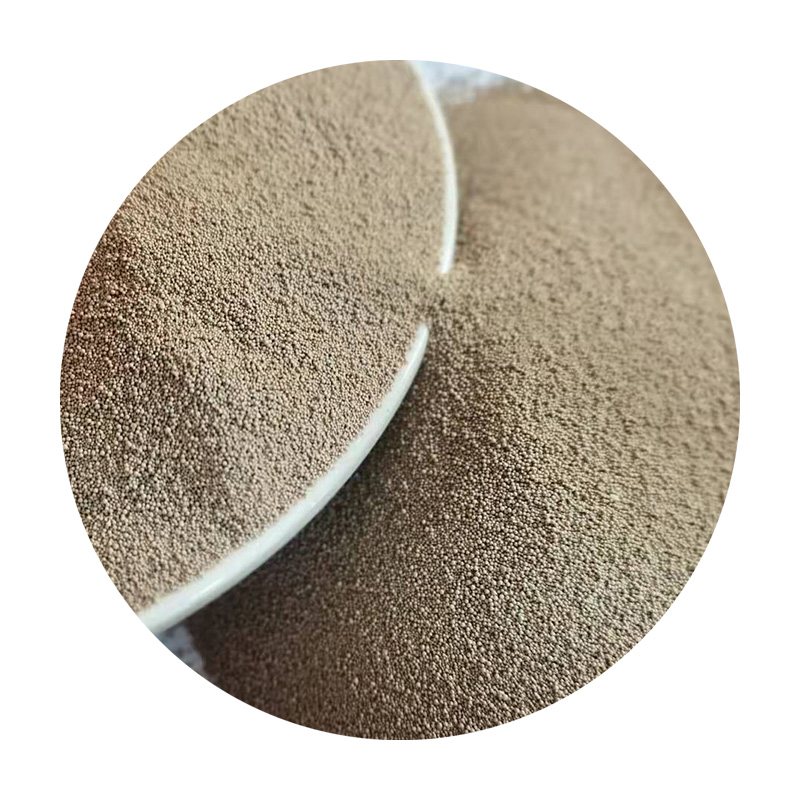How to Sand 3D Prints A Complete Guide
3D printing has revolutionized the way we create objects, allowing us to turn digital designs into physical items with remarkable precision. However, 3D prints often come out with a rough surface texture due to the layer-by-layer nature of the printing process. Sanding your 3D prints can significantly improve their finish, making them smoother and more aesthetically pleasing. In this guide, we’ll walk you through the steps to effectively sand your 3D printed objects.
Materials Needed
Before you begin, gather the following materials - Sandpaper (various grits, typically ranging from 100 to 2000) - Water (for wet sanding) - A utility knife or hobby knife (for removing support structures) - A dust mask and safety goggles (for personal protection) - A soft cloth or sponge (to clean the print)
Step 1 Prepare the Print
Start by removing any support structures or rafts from your print. Use a utility knife to carefully trim these areas, avoiding damage to the main body of the print. Once satisfied with the structure, use a soft cloth to remove any dust or debris.
Step 2 Choose Your Sandpaper Grits
Select the appropriate sandpaper grit based on the condition of your print. For initial sanding, you might start with a coarser grit (around 100-200) to remove major imperfections. For subsequent sanding, use finer grits (400-800) to smooth the surface. Finally, for a polished finish, use ultra-fine sandpaper (1000-2000).
Step 3 Start Sanding
Begin sanding your print using circular motions, which help in evenly distributing pressure and avoiding flat spots. When using coarse grit sandpaper, be mindful of how much material you are removing. Focus on rough areas first, applying light pressure.
how to sand 3d print

If your print is made of a flexible material like TPU, be extra gentle to avoid distorting the shape. For hard plastics like PLA or ABS, you can apply a bit more pressure but still be cautious not to sand through the model.
Step 4 Wet Sanding
For a smoother finish, particularly when working with finer grits, consider wet sanding. This process involves using water to lubricate the sandpaper and the print, helping to eliminate dust and preventing clogging. Dampen a sponge or cloth and lightly wet the surface of the print. Then, use the wet sandpaper to continue smoothing the surface. This will significantly improve the final finish, reducing the likelihood of scratches or scuff marks.
Step 5 Clean the Print
Once you are satisfied with the sanding, clean the print with water to remove any residue from the sanding process. Dry it thoroughly with a soft cloth to ensure no moisture remains, especially if you plan to paint or finish it further.
Step 6 Finishing Touches
After sanding, you may choose to apply a primer or paint to enhance the appearance of your print. Sanding prepares the surface to adhere better to paints and finishes.
Conclusion
Sanding 3D prints is an essential step for achieving a professional look. By following the above steps, you can transform your printed objects from rough to refined. Experiment with different sanding techniques and finishes to find the perfect method for your projects, and enjoy the satisfaction that comes from enhancing your 3D creations!
Post time:نوامبر . 04, 2024 03:02
Next:steps in sand casting
